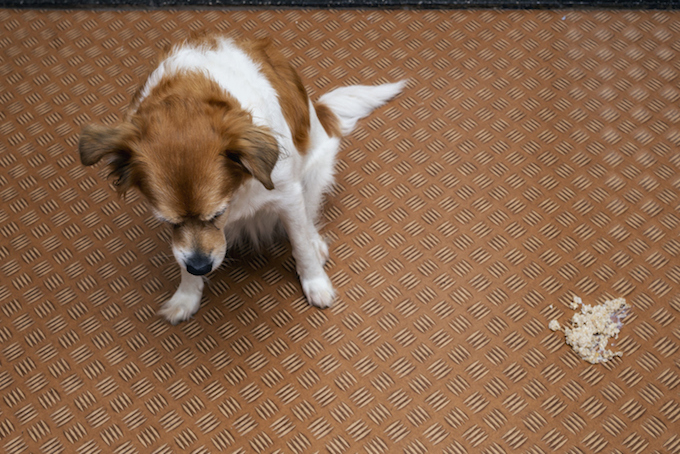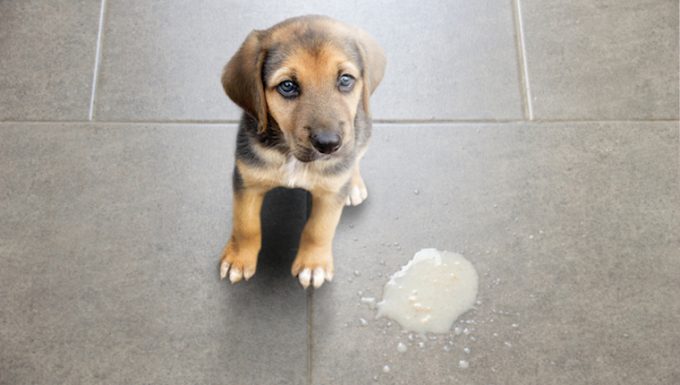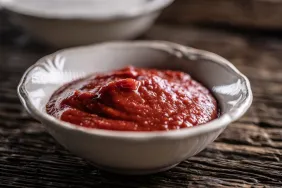Pouch-like sacs on the esophageal wall in dogs can cause dogs to vomit after eating. The condition can also cause breathing problems.
The precise cause of the condition is unknown. But genetics are thought to play a factor.
Technically, the condition is also known as esophageal diverticula in dogs.
If you see the signs of the condition in your dog, then get to a veterinarian for a proper diagnosis and treatment.
Here’s what you should know about the symptoms, causes, and treatments for the condition.
Symptoms of pouch-like sacs on the esophageal wall in dogs
The condition produces a number of symptoms. For example, some of the most common symptoms include:
- Vomiting after eating
- Appetite loss
- Problems swallowing
- Coughing
- Breathing problems
- Weight loss
Causes of pouch-like sacs on the esophageal wall in dogs

The cause of the condition is a number of pouch-like sacs developing on the wall of a dog’s esophagus. For instance, some of the causes of this include:
- Genetics
- Presence of foreign body
- Inflammatory problems
- Hiatal hernia
- Esophageal stricture
- Eating toxins
Additionally, smaller dogs and younger pups seem most at risk of developing the condition.
Treatments for the condition in dogs
Firstly, your vet will ask about your dog’s symptoms. Secondly, your vet will carry out a full physical examination. Sometimes, this will also include watching your dog eat.
Thirdly, your vet will use X-rays to monitor your dog’s esophagus. Sometimes, contrast dyes will be added. This helps to show up any issues. Additionally, your vet might consider an endoscopy. This process will require your dog to be under an anesthetic.
Generally, treatment begins with your dog’s diet. For example, switching to a soft food diet and increasing your dog’s liquid intake can help.
However, in more severe cases a surgery will be needed. This process removes any pouches. After the surgery, your dog might need to switch to a liquid diet while they recover. Your vet will help come up with a recovery diet plan that’s safe for your dog.
Have you ever cared for a dog who suffered from this condition? How did your vet help your dog recover? Let us know in the comments section below.









